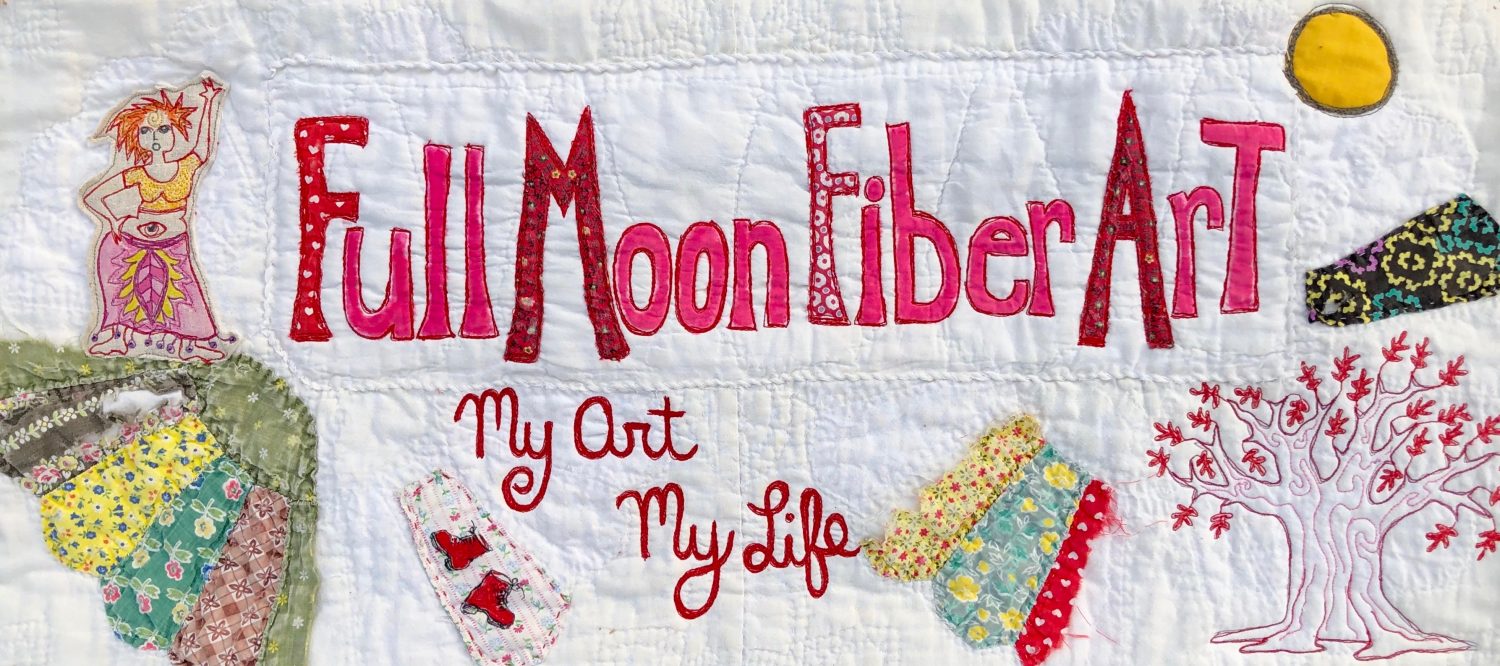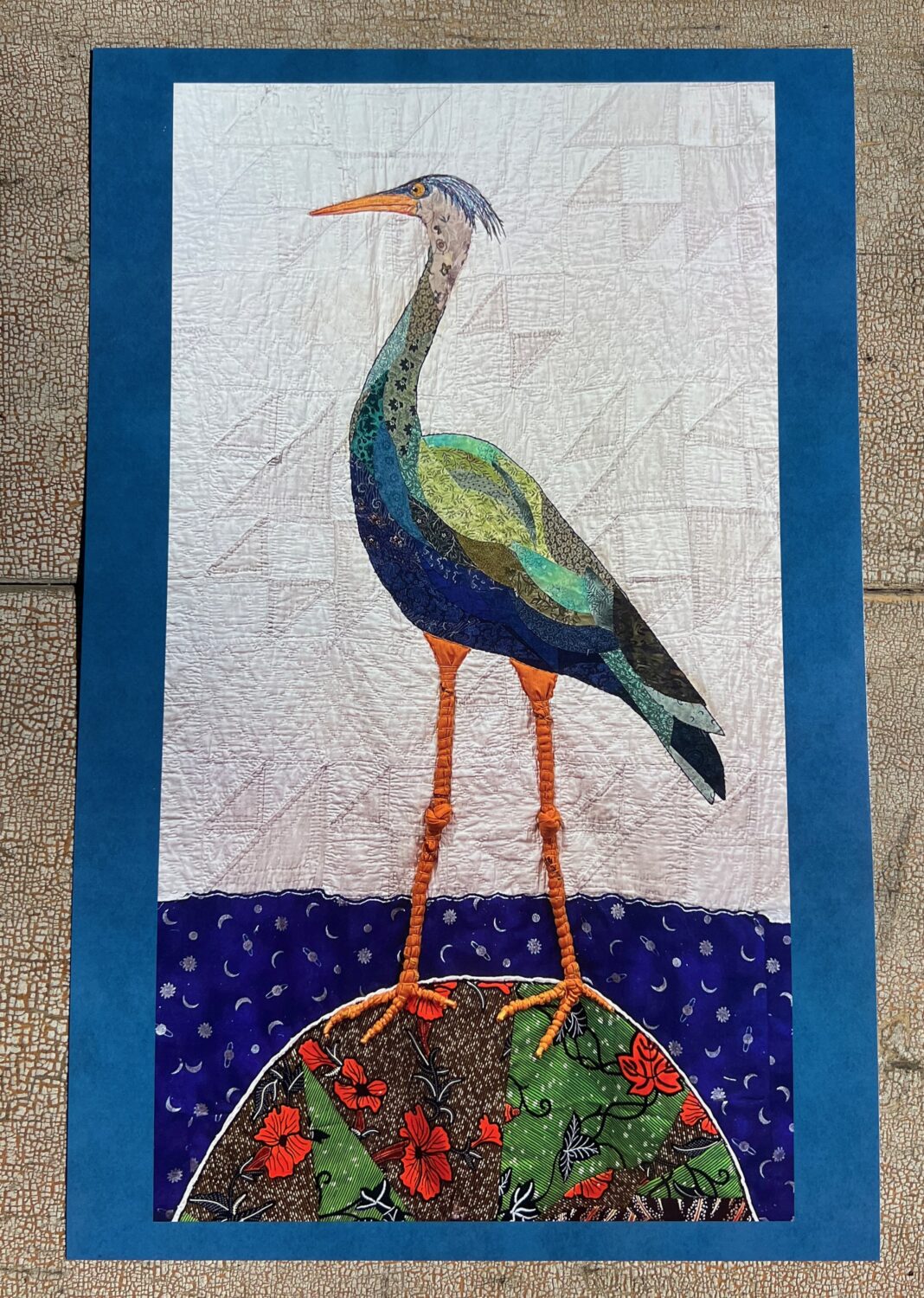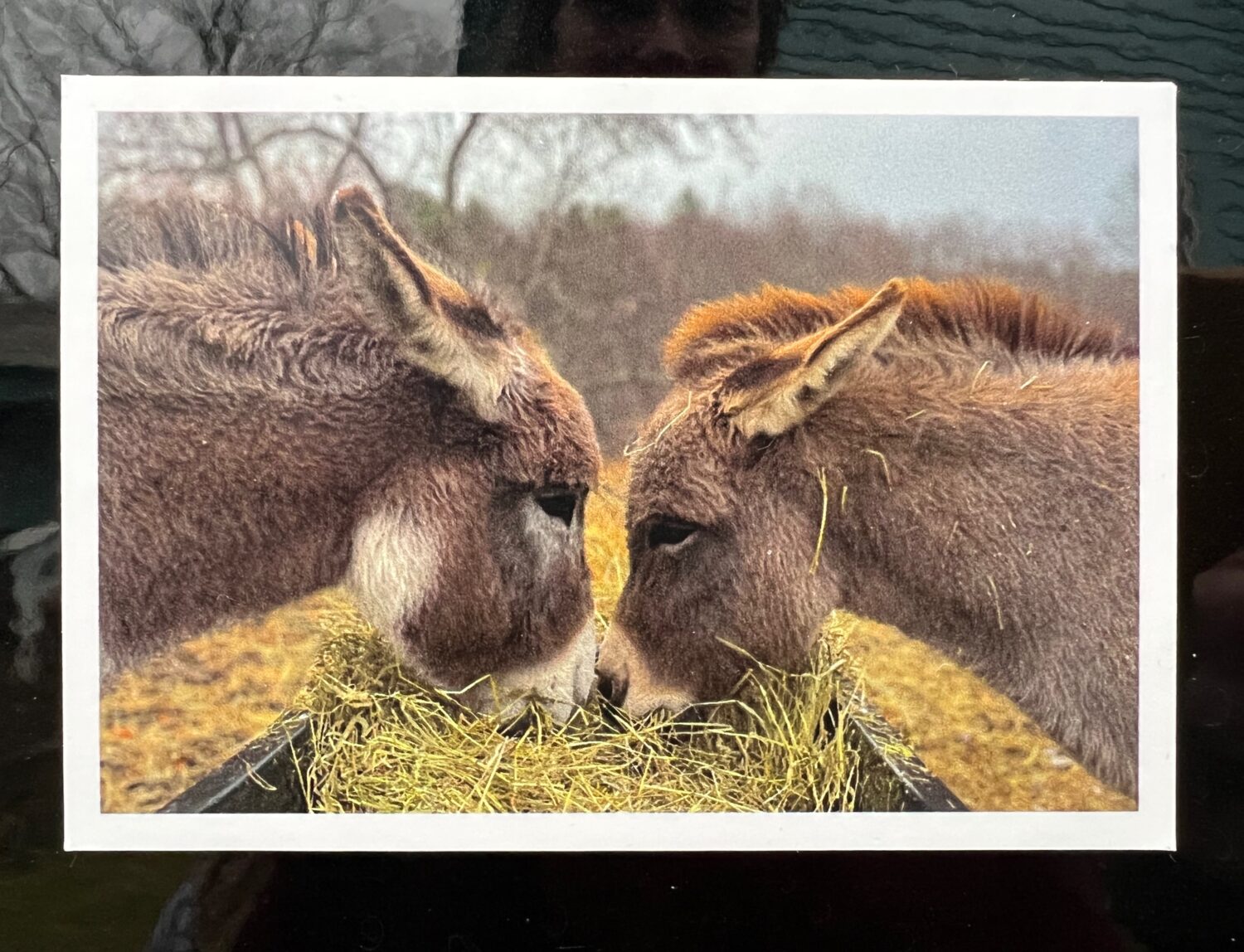
I hear it again and again, the same thing I’m thinking. Racism has been there all along, but now it’s entered my life in a way it hasn’t before.
I heard someone say that because racism doesn’t interrupt most white people’s lives it’s easy to forget about on a daily basis. That’s true for a fifty-six-year-old white woman like me who lives on a farm in Upstate NY and is so removed from what is happening around the country.
But it’s different now, because of the continued videos of police shooting black men and women, because of the protests and the riots. It’s not being replaced in the news cycle. We’re hearing about it every day and it’s not going away.
I know it’s different because all of my friends, me, and the people around me are talking about it.
We begin our conversations by saying how we don’t know what to do. I say I feel guilty or helpless. Too bad for me. That’s nothing compared to what black and brown Americans have been going through for hundreds of years.
So we go to the small protests in our mostly white towns, we give money to Black Lives Matter, we pay attention to the news, and we talk about racism. We have the conversation.
Jon and I have been talking about racism every day. My friends come from a wide spectrum of backgrounds and although none of us would have thought of ourselves as racist, we all have slightly varying views on what it means to be racist.
I think it’s in those nuances that racism often lies, presenting itself in ways that surprise us.
Sometimes, though it may not be in my heart, it’s my language. It’s in the way my brain reacts when I see a person I’ve been conditioned to believe is dangerous. It makes me afraid to speak because I might say the wrong thing.
Again, too bad for me.
Real conversation, not arguments, bring all these things and stuff I can’t even imagine yet, out into the open. It’s something I can do.
It was five years ago when I read Ta Nahisi Coates’ book Between the World and Me, that I was able to understand racism on a deeper level. I could empathize with what Coates was saying because I often felt similar things being a woman.
It’s only recently with the Me Too movement and the hearings between Christy Blasey Ford and Brett Kavanaugh that people are beginning to understand why women don’t go to the police when they’ve been raped. Why they may not even tell their mothers or best friends.
I can remember understanding those reasons on an instinctual level but not being able to articulate my feelings.
I always felt the same when someone would question why when a black person is stopped by the police they don’t just do as they’re told.
Now I have the words to say how that person is afraid for his or her life and with good reason.
There were two other books that I read after Coates’ that helped me understand racism in America a little better.
One was Yay Gyasi’s book Homegoing. In her novel, Gyais tells the story of two sisters in 18th century Ghana. One is sold into slavery and ends up in America the other gets to live her life in Africa.
Through this story, I was able to see the direct effect of slavery in America on African Americans today.
The other book is written by a white woman in the 1930’s. Trials of the Earth by Mary Mann Hamilton is the story of her life as a pioneer in Mississippi in the late 1800’s. Hamilton tells some amazing stories about her life.
But she also writes frankly about the black people she encounters.
Of course, I was horrified when she told the story of the white man who came to her boarding house showing off the finger of a black man that he took as a souvenir from a lynching. She approved of the lynching but not of a human finger as a souvenir.
But I saw more in the matter-of-fact way she wrote about how black men were rounded up and put into prison to be used as slave labor at the notorious Parchman Farm (now known as the Mississippi State Penitentiary). Or how she feared the black people she encountered.
It was in her language and attitude that I saw the similarities to how many of us still talk and feel about African Americans today. It’s not the overt racism, it’s in the nuance.
I’ve been wanting to write about this for a while but didn’t know how. Then today it came to me. I can only write what I know and the more I open myself up to the conversation, the more I’ll find out.
This is something I can do.















Maria, would you consider doing a podcast with Jon on this topic of racism? I like what you wrote about those nuances. Sometimes it’s the subtleties in life that pack a punch.
I’d have to think about that Barbara. In a way I do feel like I don’t really have a right to talk about it too much.
Important words in an important, ongoing conversation. Thank you for raising your voice.
Thank you Ruth.
Bravo Maria….. I am praying to be awkward, say it wrong, stumble my way through conversations about race. My path is leading me to that I thought just not being racist myself was enough. I am now seeing I need to be anti-racist. A friend of mine asked me to be in a book study “How to be an Antiracist” by Ibram X Kendi…. it will be 3 middle age white women trying to learn to confront our biases, get rigorously honest & hopefully discuss how we can now be useful.
I keep hearing this woman I heard on the news….. She said ‘we don’t need white allies, we need white co-conspiritors’ not sure what would even look like for me….. but I am willing to be uncomfortable & find out.
Bravo to you too Kim. I love that you’re looking to make the important mistakes that will help us understand and know each other better. It’s great that you and your friends are taking this on together. I’ll be interested to know where it goes.
As a white woman who was married to a black man, I have experienced both sides of racism. In 1980 I was in a car in Seattle with 3 friends and my husband. We were pulled over and surrounded by police with their guns drawn. My husband was the only African American in the car. He was told to get out with his hands up, he was roughly thrown against the hood, handcuffed, called a damn n—-! Turns out there was a robbery in the neighborhood we were passing through. And they were searching for a black man. I was frightened and outspoken. I demanded to know, if the description of the black man included that he had naturally dark blond hair and blue eyes and really pale skin. (He was from Alaska and was lighter than I am). They let him go eventually.
I was raised in a racist family. My relatives would have preferred a convicted felon, drug addict, Hell’s Angel rather than a Blackman with an extensive education.
I was always an outsider. In High School in the 60’s I had a black male best friend. When my parents found out I was called unimaginable names. Many of my so called friends called me a N LOVER. Black women didn’t like me.
All this time, I felt lucky to find friends I could communicate with, no matter what color skin they had, or church they attended, or country they were from.
For me, as a proud American, I cherish the diversity. I have Muslim friends, Christian friends, Jewish Friends, unbeliever friends. We are a beautiful rainbow of colors and beliefs. I am different than my family of origin. Happily my mother came around and learned to open her heart to diversity.
What is happening in my city, in my state, in my country is changing and it’s about damn time! Yes, BLACK LIVES MATTER.
Antoinette, thank you so much for your story. That part of being an outsider can truly bring us together. I’m glad to hear from you, who know racism first hand, that you feel like things are changing. I feel the same from my corner of the country.
Maria,
I remember when you went to Gee’s Bend. You were able to relate to the people through art. I don’t see you have any racist feelings.
Lynn
No I didn’t Lynn, but I was very aware of being white and how that could easily make me an “other”. But Maryann, who I stayed with was very welcoming as were the rest of the people I met at Gees Bend. And I felt like Maryann and I had a very strong connection through our art,(as you say) but also just as people even though we’d had very different life experiences, there were many places where who we are overlapped.